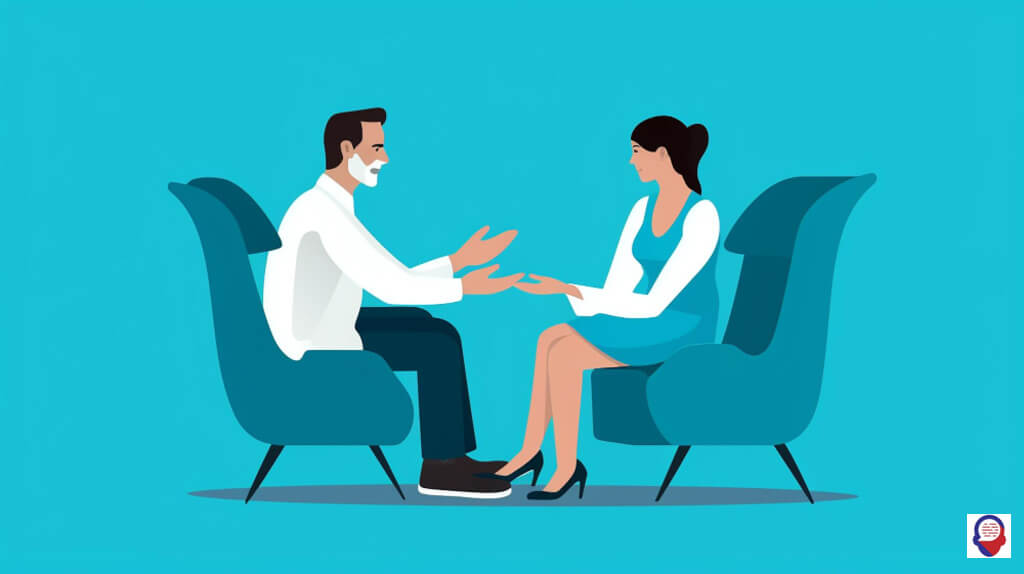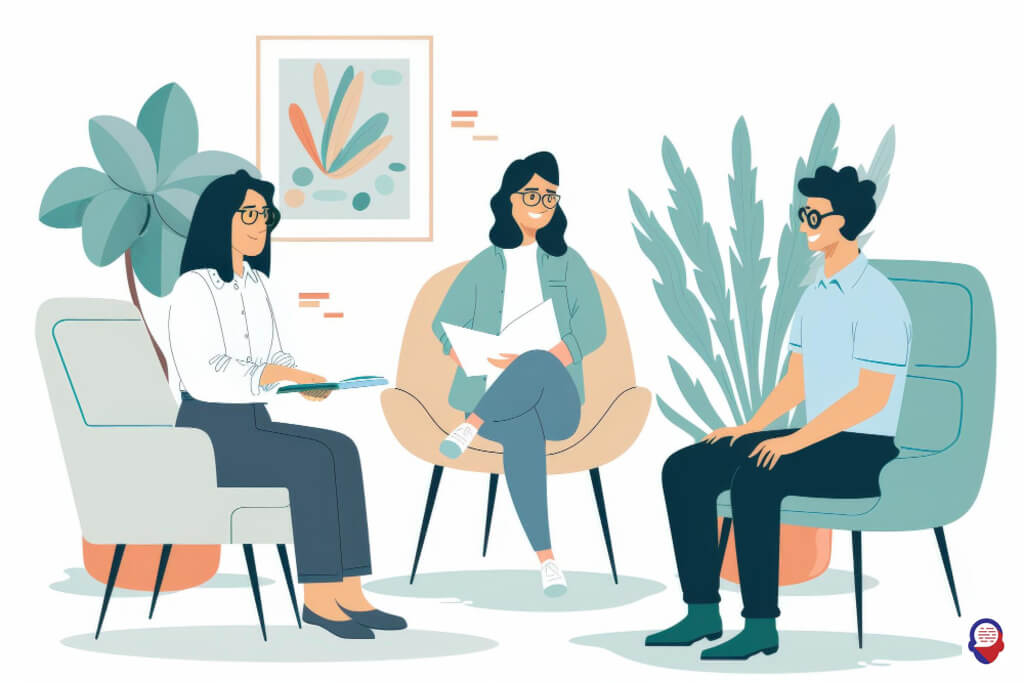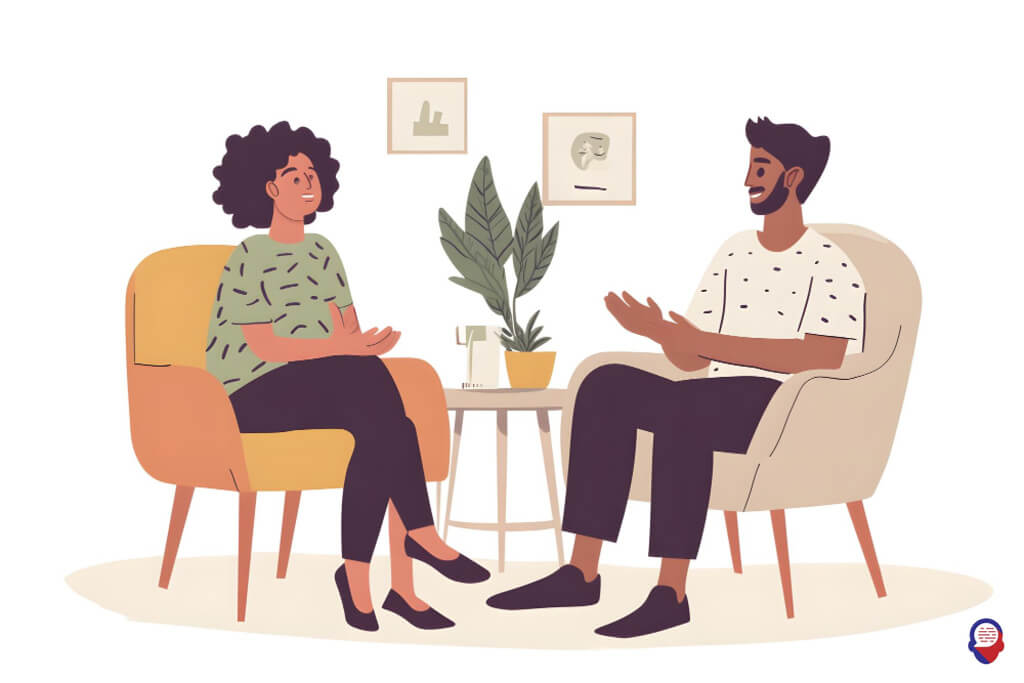How Linehan’s DBT Can Help You Build a Life Worth Living
Imagine standing on the edge of a chasm. On one side is the life you have, filled with emotional turmoil, chaotic relationships, and a sense of being perpetually out of control. On the other side is the life you desperately want, one of stability, meaning, and peace. Dialectical Behaviour Therapy, or DBT, is the bridge. It is not a magic wand, but a meticulously engineered structure, built by a remarkable woman who once stood at that same precipice. This is a therapy born not just from clinical research, but from profound personal suffering and an unshakeable will to find a way across.
Dr. Marsha Linehan, the creator of DBT, didn’t just design this bridge, she walked it herself. Her story is one of resilience and transformation, a testament to the human capacity to not only survive immense pain but to build something beautiful and life-giving from its ashes. Understanding her journey is the first step to understanding the revolutionary power of the therapy she gifted to the world. It’s a therapy designed to help you build a life that you, yourself, experience as worth living.

What is the story behind Marsha Linehan’s creation of DBT?
Marsha Linehan is the brilliant psychologist and author who developed Dialectical Behaviour Therapy. But her path to becoming a world-renowned mental health innovator was forged in the fires of her own intense psychological struggle. As a teenager, she was hospitalised for over two years with a diagnosis that today would likely be Borderline Personality Disorder (BPD). She experienced extreme emotional instability, self-harm, and suicidal ideation, feeling utterly lost in a world of unbearable pain.
During her time in the institution, she made a vow. One night, in a moment of desperate clarity in the hospital’s chapel, she promised that if she got out, she would come back to help others get out, too. This promise became her life’s mission. She pursued a career in psychology with a singular focus, driven by the memory of her own suffering and the desire to find a truly effective treatment for people who, like her, were often dismissed as "difficult" or "untreatable."
Linehan’s personal experience gave her a unique and compassionate insight. She knew that telling someone in excruciating emotional pain to simply "change your thinking" was not only ineffective but also deeply invalidating. She understood the desperate need for acceptance, for someone to acknowledge the reality of the suffering, while simultaneously providing the concrete tools needed to build a different future. This fusion of acceptance and the need for change became the bedrock of DBT.

What exactly is Dialectical Behaviour Therapy?
Dialectical Behaviour Therapy is a comprehensive, evidence-based form of psychotherapy that combines strategies from cognitive-behavioural therapy with concepts from Zen philosophy. The core of DBT is the "dialectic," a philosophical concept that involves synthesising two opposing ideas. In DBT, the central dialectic is between acceptance and change. It helps individuals learn to accept the reality of their lives and their emotions, while also empowering them with the skills to change their behaviours and build a better future.
This means a DBT therapist works with a client to validate their feelings and experiences, acknowledging that their pain is real and understandable given their history. There is no judgment. At the same time, the therapist holds the client accountable for making changes, teaching them specific skills to manage their emotions and behaviours more effectively. The therapy operates on the principle that you can radically accept yourself exactly as you are in this moment, and simultaneously commit to changing for the better.
DBT is not just talk therapy. It is a skills-based approach designed to give people tangible tools to navigate life’s crises. It targets the most severe and life-threatening issues first, creating a foundation of safety from which a person can then begin to construct a life filled with purpose, healthy relationships, and a sense of mastery over their own mind.

Who was DBT originally created to help?
DBT was first developed specifically to treat individuals who were chronically suicidal and had a diagnosis of Borderline Personality Disorder (BPD). In the 1980s, when Linehan began her work, this population was considered one of the most challenging to treat in all of mental health. Many therapists felt hopeless, and treatments often failed, sometimes even making things worse.
People with BPD experience intense emotional dysregulation, meaning their emotions are like a third-degree burn, reacting intensely to even minor triggers and taking a long time to return to a baseline. This often leads to impulsive behaviours, self-harm, unstable relationships, and a chronic sense of emptiness. Linehan recognized that standard cognitive-behavioural approaches, which focused heavily on changing thoughts and behaviours, were often perceived as invalidating by these individuals, leading them to feel criticized and misunderstood, and often causing them to drop out of therapy.
Linehan’s genius was in creating a treatment that could hold both truths. It validated the immense pain her clients were in ("Of course you feel this way, it’s unbearable") while also pushing them toward change ("And, we need to find new ways of coping so you can build a life you want to live"). This balanced approach provided the structure, compassion, and skills that were desperately needed, offering real hope for the first time to many who had been told they were beyond help.

How does DBT work in practice?
A comprehensive DBT program is a multi-modal treatment that works through four primary components, all designed to reinforce each other. These are individual therapy sessions, group skills training classes, as-needed phone coaching, and a therapist consultation team. This structure ensures that clients are supported in every facet of their journey, from learning new skills in a group setting to applying them in the heat of a real-life moment.

What happens in individual therapy?
Individual therapy is the cornerstone where the client and their therapist work together to apply DBT skills to specific, personal life challenges. These one-on-one sessions, typically held weekly, focus on enhancing the client’s motivation and helping them integrate the skills they learn in group into their daily lives. The therapist helps the client identify patterns and triggers, problem-solve difficult situations, and stay committed to their goals.
Therapy is structured around a clear hierarchy of treatment targets. The first priority is always addressing and eliminating life-threatening behaviours, such as suicidal ideation and self-harm. The second target is any behaviour that interferes with the therapy itself, like missing sessions or not doing homework. Finally, once safety and therapeutic engagement are established, the focus shifts to improving the client’s overall quality of life, tackling issues that cause them distress and prevent them from building a life they deem worth living.

What is taught in group skills training?
Group skills training is the classroom component of DBT, where clients learn the practical skills that form the therapy’s foundation. It is not a process group for sharing personal stories, but a structured learning environment. Clients typically meet weekly for about two hours to learn and practice skills from four key modules.

What is the mindfulness module?
The mindfulness module is the foundation upon which all other DBT skills are built. It teaches clients how to pay attention to the present moment, non-judgmentally, and without getting swept away by intense thoughts or emotions. Mindfulness skills are divided into "What" skills, which are observing, describing, and participating, and "How" skills, which are doing so non-judgmentally, one-mindfully (focusing on one thing at a time), and effectively (doing what works). This practice helps individuals create a space between a trigger and their reaction, allowing them to choose a more skillful response instead of being on autopilot.

What is the distress tolerance module?
The distress tolerance module teaches skills for surviving crisis situations without making them worse. These are not skills for making life feel good, they are skills for getting through unbearable moments. The goal is to accept reality as it is, even when it is painful, and to tolerate the distress long enough for the crisis to pass. Key skills include the TIPP skills for changing your body chemistry quickly to reduce extreme emotion, and strategies like distracting with ACCEPTS, self-soothing with the five senses, and improving the moment. A core concept here is radical acceptance, the deep, non-judgmental acceptance of life on life’s terms.

What is the emotion regulation module?
The emotion regulation module helps clients understand the emotions they experience, reduce their emotional vulnerability, and change unwanted emotions. It’s not about suppressing feelings, but about learning to manage them effectively. Clients learn to identify and label their emotions, check the facts to see if their emotional reaction fits the situation, and practice skills like "opposite action," where they act opposite to their emotional urge when that urge is unhelpful. The PLEASE skill, which focuses on physical health (treating Physical iLlness, balanced Eating, avoiding mood-Altering drugs, balanced Sleep, and getting Exercise), helps reduce vulnerability to negative emotions in the first place.

What is the interpersonal effectiveness module?
The interpersonal effectiveness module teaches skills for building and maintaining healthy relationships, asking for what you want, and saying no, all while maintaining self-respect and respect for others. These skills help individuals navigate the often-chaotic social world that can be a major source of stress. The DEAR MAN skill provides a clear script for asking for something effectively. The GIVE skill focuses on how to maintain a positive relationship during an interaction, and the FAST skill helps individuals maintain their self-respect, regardless of the outcome.

What is the purpose of phone coaching?
Phone coaching provides clients with in-the-moment support to help them use their DBT skills during real-life crises between sessions. It is not a full therapy session. Instead, it’s a brief, focused call where a client can reach out to their therapist when they are struggling and need immediate guidance on which skill to apply. This is a crucial component for helping clients generalize what they learn in the therapy room to the real world, bridging the gap between theory and practice. It empowers clients to use their skills precisely when they are needed most.

Why is a therapist consultation team necessary?
The therapist consultation team is a unique and essential part of DBT, often described as "therapy for the therapist." DBT therapists meet regularly, usually weekly, to support each other in their work with clients who have severe and complex problems. This team helps therapists stay motivated, prevents burnout, and ensures they are adhering to the DBT model correctly. It provides a space for therapists to problem-solve difficult cases, get feedback, and receive the same kind of validation and support that they offer to their clients. This component protects the integrity of the treatment and the well-being of the clinicians delivering it.

What makes DBT different from other therapies?
DBT’s primary distinguishing feature is its core dialectic of acceptance and change. While many therapies focus primarily on change, DBT places equal emphasis on acceptance, which is a powerful and often missing ingredient for individuals with intense emotional suffering. The explicit integration of mindfulness and concepts from Zen philosophy is also a significant departure from traditional Western psychotherapies.
Furthermore, the structured, multi-modal format sets it apart. The combination of individual therapy, group skills training, phone coaching, and the therapist consultation team creates a comprehensive web of support that is more intensive than most other outpatient therapies. This structure was specifically designed to contain and treat the severe dysregulation that other models struggled with.
Finally, the central role of validation is key. A DBT therapist actively looks for the wisdom and truth in a client’s perspective, even when their behaviour is dysfunctional. This act of validating that their emotional pain is real and understandable builds a strong therapeutic alliance, making the client more willing to engage in the difficult work of change.

Can DBT help with more than just BPD?
Yes, absolutely. While DBT was originally designed for BPD, its principles and skills have been proven effective for a wide range of other mental health challenges. The core issue that DBT addresses is emotional dysregulation, which is a feature of many different conditions. Research has shown that adaptations of DBT can be highly effective in treating depression, anxiety disorders, post-traumatic stress disorder (PTSD), substance use disorders, and eating disorders.
The skills taught in DBT are, in essence, life skills. Everyone can benefit from being more mindful, tolerating distress more effectively, understanding and managing their emotions, and having healthier relationships. For individuals whose lives are derailed by emotional pain, regardless of the specific diagnosis, DBT offers a clear, structured, and compassionate path toward regaining control and building a life of purpose and meaning. It provides a toolbox that can be used to navigate the full spectrum of human experience.
Frequently Asked Questions

How long does a full DBT program typically last?
A standard, comprehensive DBT program usually lasts for about one year. This duration allows clients to complete the full cycle of skills training modules, which are often repeated so the learning can be deepened. However, the length can vary depending on the individual’s needs and the specific program’s structure, with some people benefiting from a shorter or longer course of treatment.

Is DBT only about managing negative emotions?
No, it is about much more than that. While a significant part of the therapy involves learning to manage painful and difficult emotions, the ultimate goal is to help individuals build a life that they genuinely experience as worth living. This means not just reducing suffering, but also increasing joy, connection, and meaning. The skills are designed to help people engage more fully in positive experiences and build a life that is rich and fulfilling.

Can I learn DBT skills on my own from a book?
While DBT workbooks and self-help books can be incredibly valuable resources for learning the skills, they cannot replace the full therapeutic program. The synergy of individual therapy, group support, and in-the-moment coaching is what makes the treatment so powerful. A therapist provides personalized guidance, helps you troubleshoot when you get stuck, and offers the validation and accountability that are crucial for deep, lasting change.

Is DBT a “quick fix” for mental health problems?
No, DBT is not a quick fix. It is an intensive therapy that requires significant commitment, effort, and courage from the client. Learning and mastering the skills takes time and consistent practice. The process can be challenging, but for those who commit to the work, the results can be truly life-transforming, offering a sustainable path out of suffering and into a more stable and meaningful existence.
At Counselling-uk, we understand that life’s challenges can feel overwhelming. Reaching out for help is a courageous first step on the path to building a life you love. We provide a safe, confidential, and professional space for you to explore your struggles and learn new ways of coping. If you are ready to move from a life of pain to a life of purpose, our dedicated team is here to offer the support and guidance you deserve. Your journey to a life worth living can start today.



What is Mindfulness?
Ultimately both CBT and DBT are evidence-based therapies that have been proven effective for treating a variety of mental health issues including anxiety disorders, depression, eating disorders, PTSD among others. If you’re struggling with mental health issues it’s important to seek professional help from a licensed therapist who is trained in CBT/DBT so you can get the support you need to live a happier life.